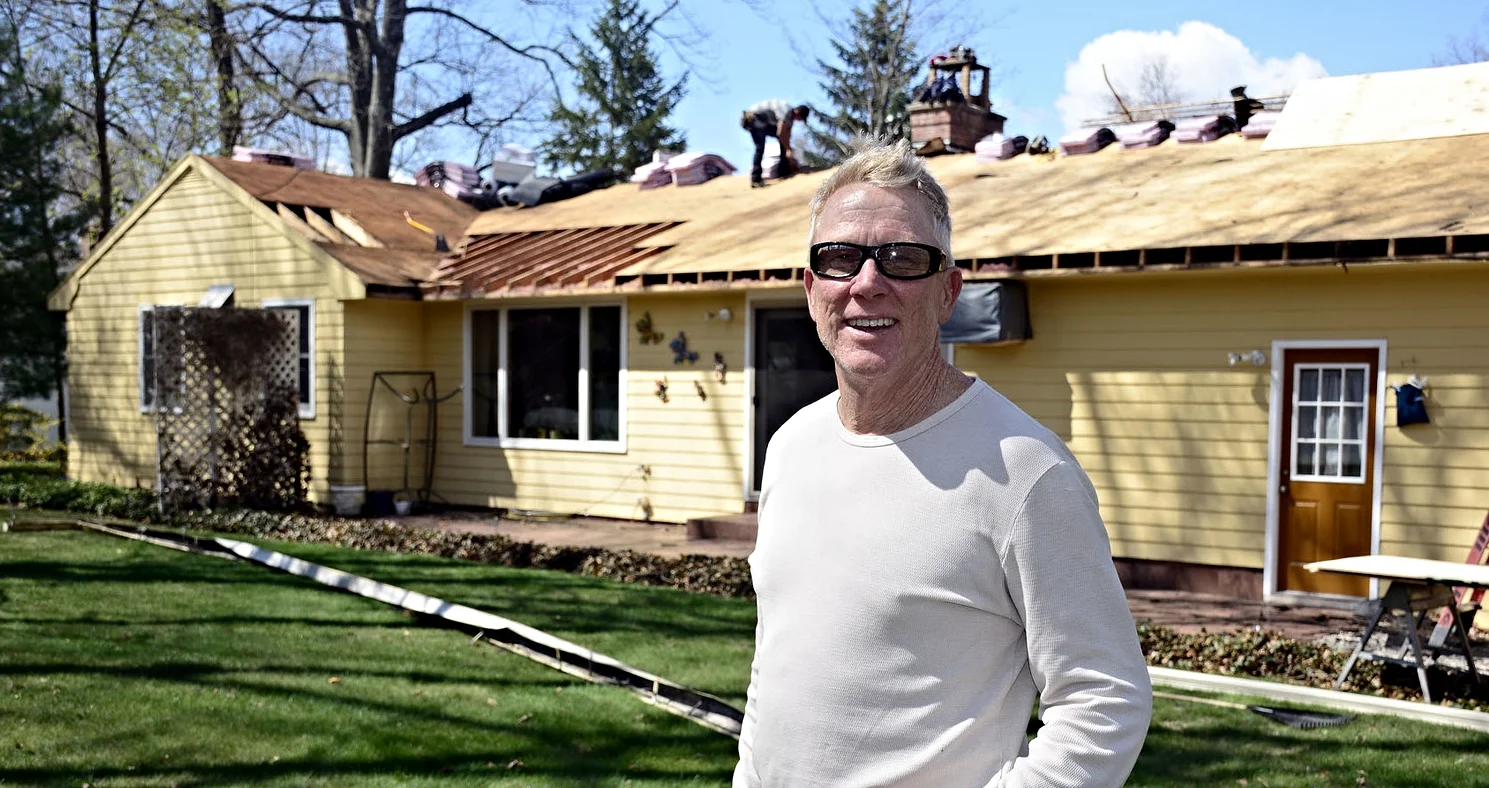Here Comes The Sun – A Quick Guide to Solar Energy
Chelsea O'Donnell
With the tax credit being extended until 2019, solar paneling is coming back into the spotlight, and for good reason. The Solar Energy Industries Association sees solar capacity tripling by 2020, with enough power for 20 million homes, representing 3.5% of electricity generated in the United States.
Demand for solar power isn’t as strong here as it is in the southwest corner of the country. But some states, like California for instance, are really getting behind it, demanding that all new residential buildings must be zero net energy by the year 2020. This means they will need renewable energy systems to generate as much power as they consume.
So why solar? Firstly, the sun is expected to be around for the next five billion years or so, and since it’s a renewable resource, the power is constantly replenished and there is very little likelihood that it will run out. Additionally, the amount of energy the sun gives us is over 20,000 times more than the amount of energy used by mankind, so unlike the energy we’re pulling out the ground, it’s likely that we can rely on it for a long time coming.
Some homes are better candidates for solar paneling than others. Firstly, the best position for panels is a roof that faces in a southerly direction. The roof should also be at a 35 to 50-degree angle, which encompasses most roofs and allows for the best possible energy production for all seasons. You want to make sure the panels have clear access to the sun, so any large trees, chimneys or buildings that obstruct the panels’ ability to absorb sun rays might want to be cleared if possible. Finally, your roof will need to be in good condition and probably less than 10 years old. The last thing you want to do is install solar panels on a roof that will need to be replaced in a few years time.
Does your home check all the boxes? If so, your next step should be Energize CT where you can find the latest information on rebates, incentives and financing options for renewable energy. Before you decide on which solar panels to use, you should have your home inspected to ensure it’s ready for the upgrade. If you don’t have proper insulation in your home already, now is the time to get it. Without proper insulation, all that energy you’re generating will go right up through the roof, literally. An energy inspector will also assess your windows and doors for leakage, and will likely make recommendations on how to improve the efficiency of your home appliances.
After your home is inspected and any necessary improvements are made, you can look for a certified contractor to install your panels. The contractor will assist you with the incentive application and help you decide which system is right for you. Remember, it’s always a good idea to shop around and get multiple quotes before deciding on both a system and a contractor.
